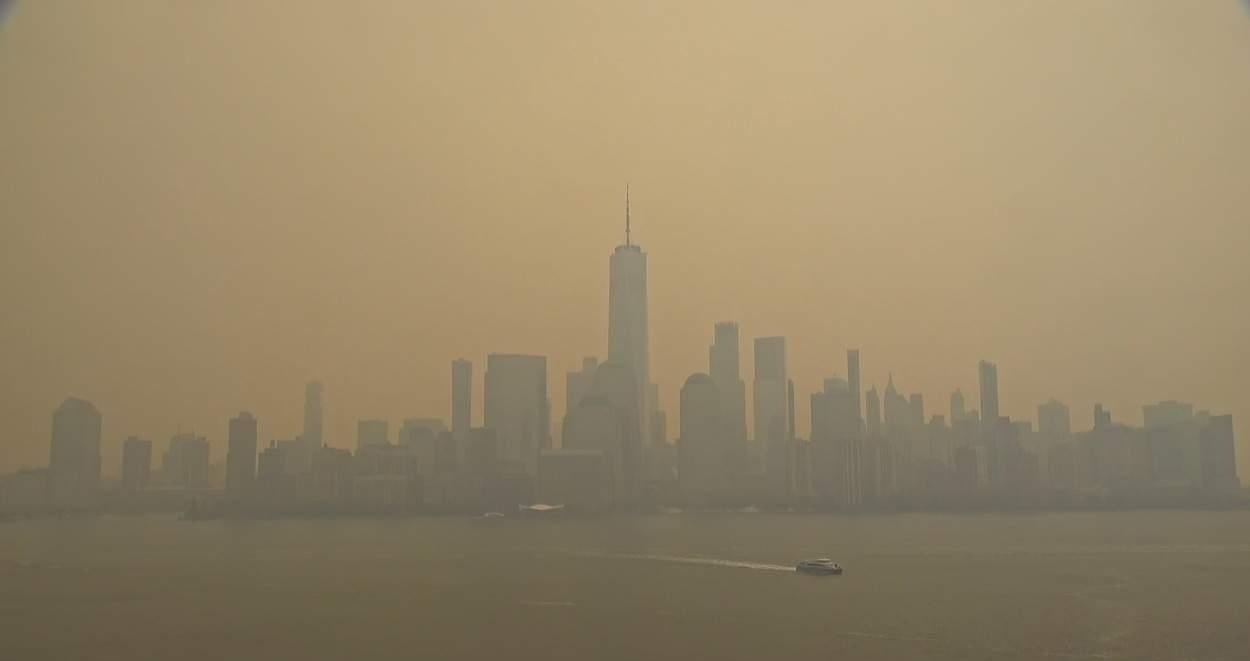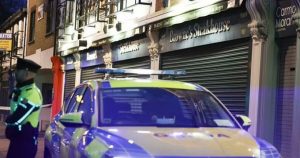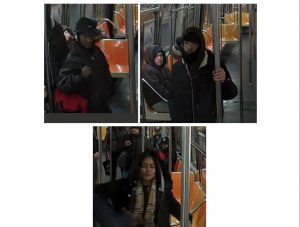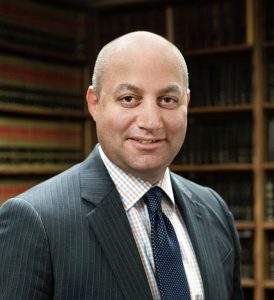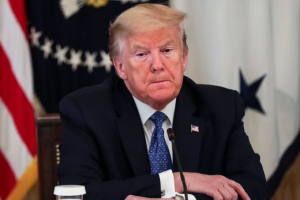New York City now has some of the worst air quality index in the world as a result of the recent sharp increase in air pollution, which is evident in photos. The World Trade Centre and the New York skyline were impossible to see from even a short distance due to smoke from wildfires raging hundreds of miles north in Canada.
Here is the before and after comparison, showing an orange sky over the Trade Centre on Thursday morning:
Officials in Canada have now requested extra assistance from other nations to combat more than 400 fires that have already forced 20,000 people from their homes across the nation. The New York metropolitan area, central New York state, and portions of Pennsylvania and New Jersey now have air that is polluted to dangerous levels. Millions of people have been impacted by massive streams of toxic air that have reached as far as North Carolina and Indiana.
Also Read: New York City affected by Canada wildfires: List of flights canceled, delayed and diverted
The air quality index, a gauge for air pollution, reached 400 at times in Syracuse, New York City, and Pennsylvania‘s Lehigh Valley. A level of 50 or less is deemed to be favorable, while anything over 300 is deemed to be “hazardous,” with even healthy individuals being advised to limit outdoor physical activity.
A forecast model was employed by researchers from the Norwegian Climate and Environmental Research Institute (NILU) to estimate the smoke’s trajectory through the atmosphere. Since June 1, the smoke has migrated across Greenland and Iceland, and observations in southern Norway have shown rising aerosolized particle concentrations, according to the independent scientific organization.
Also Read: What is Code Red? Air quality index drops in New York as Canadian wildfires smoke gets worse
Millions of people have been impacted by the smoke, which has also delayed flights at busy airports, canceled baseball events, and forced people to dig out face masks from the epidemic era. Bryan Ramsey, a meteorologist with the US National Weather Service, said that the weather system responsible for the smoke “will probably be hanging around at least for the next few days.”

